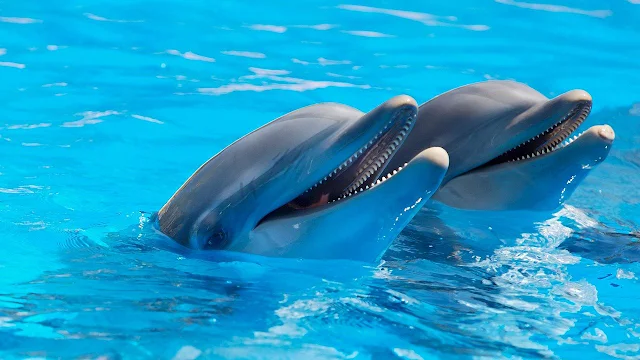Brain-to-body mass ratio, also known as the brain-to-body weight ratio, is the ratio of brain mass to body mass, which is hypothesized to be a rough estimate of the intelligence of an animal, although fairly inaccurate in many cases. A more complex measurement, encephalization quotient, takes into account allometric effects of widely divergent body sizes across several taxa.
The raw brain-to-body mass ratio is however simpler to come by, and is still a useful tool for comparing encephalization within species or between fairly closely related species.
Dolphins have the highest brain-to-body weight ratio of all cetaceans. Monitor lizards, tegus and anoles and some tortoise species have the largest among reptiles. Among birds, the highest brain-to-body ratios are found among parrots, crows, magpies, jays and ravens. Among amphibians, the studies are still limited. Either octopuses or jumping spiders have some of the highest for an invertebrate, although some ant species have 14%-15% of their mass in their brains, the highest value known for any animal.
Sharks have one of the highest for fish alongside manta rays (although the electrogenic elephantfish has a ratio nearly 80 times higher - about 1/32, which is slightly higher than that for humans). Treeshrews have a higher brain to body mass ratio than any other mammal, including humans. Shrews hold about 10% of their body mass in their brain.
Tags
Facts

